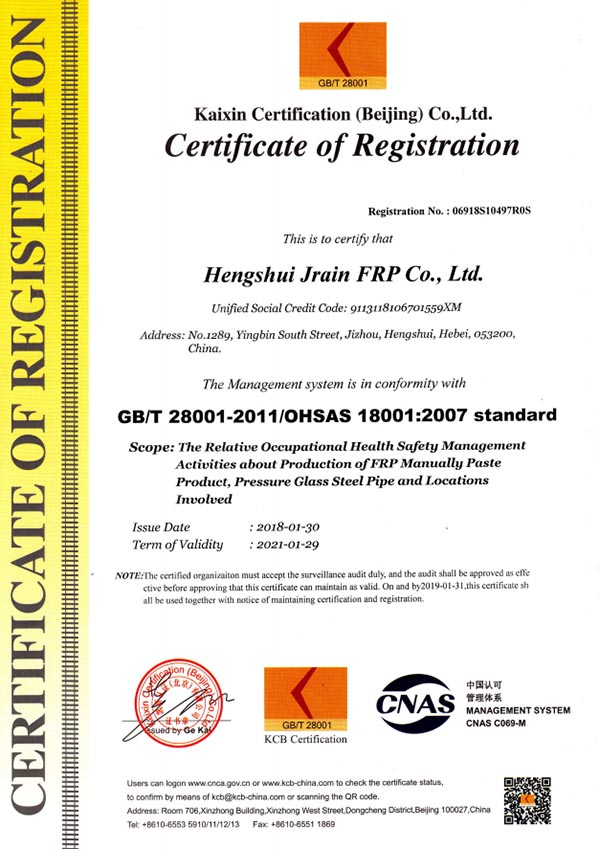
-
 Afrikaans
Afrikaans -
 Albanian
Albanian -
 Amharic
Amharic -
 Arabic
Arabic -
 Armenian
Armenian -
 Azerbaijani
Azerbaijani -
 Basque
Basque -
 Belarusian
Belarusian -
 Bengali
Bengali -
 Bosnian
Bosnian -
 Bulgarian
Bulgarian -
 Catalan
Catalan -
 Cebuano
Cebuano -
 China
China -
 China (Taiwan)
China (Taiwan) -
 Corsican
Corsican -
 Croatian
Croatian -
 Czech
Czech -
 Danish
Danish -
 Dutch
Dutch -
 English
English -
 Esperanto
Esperanto -
 Estonian
Estonian -
 Finnish
Finnish -
 French
French -
 Frisian
Frisian -
 Galician
Galician -
 Georgian
Georgian -
 German
German -
 Greek
Greek -
 Gujarati
Gujarati -
 Haitian Creole
Haitian Creole -
 hausa
hausa -
 hawaiian
hawaiian -
 Hebrew
Hebrew -
 Hindi
Hindi -
 Miao
Miao -
 Hungarian
Hungarian -
 Icelandic
Icelandic -
 igbo
igbo -
 Indonesian
Indonesian -
 irish
irish -
 Italian
Italian -
 Japanese
Japanese -
 Javanese
Javanese -
 Kannada
Kannada -
 kazakh
kazakh -
 Khmer
Khmer -
 Rwandese
Rwandese -
 Korean
Korean -
 Kurdish
Kurdish -
 Kyrgyz
Kyrgyz -
 Lao
Lao -
 Latin
Latin -
 Latvian
Latvian -
 Lithuanian
Lithuanian -
 Luxembourgish
Luxembourgish -
 Macedonian
Macedonian -
 Malgashi
Malgashi -
 Malay
Malay -
 Malayalam
Malayalam -
 Maltese
Maltese -
 Maori
Maori -
 Marathi
Marathi -
 Mongolian
Mongolian -
 Myanmar
Myanmar -
 Nepali
Nepali -
 Norwegian
Norwegian -
 Norwegian
Norwegian -
 Occitan
Occitan -
 Pashto
Pashto -
 Persian
Persian -
 Polish
Polish -
 Portuguese
Portuguese -
 Punjabi
Punjabi -
 Romanian
Romanian -
 Russian
Russian -
 Samoan
Samoan -
 Scottish Gaelic
Scottish Gaelic -
 Serbian
Serbian -
 Sesotho
Sesotho -
 Shona
Shona -
 Sindhi
Sindhi -
 Sinhala
Sinhala -
 Slovak
Slovak -
 Slovenian
Slovenian -
 Somali
Somali -
 Spanish
Spanish -
 Sundanese
Sundanese -
 Swahili
Swahili -
 Swedish
Swedish -
 Tagalog
Tagalog -
 Tajik
Tajik -
 Tamil
Tamil -
 Tatar
Tatar -
 Telugu
Telugu -
 Thai
Thai -
 Turkish
Turkish -
 Turkmen
Turkmen -
 Ukrainian
Ukrainian -
 Urdu
Urdu -
 Uighur
Uighur -
 Uzbek
Uzbek -
 Vietnamese
Vietnamese -
 Welsh
Welsh -
 Bantu
Bantu -
 Yiddish
Yiddish -
 Yoruba
Yoruba -
 Zulu
Zulu
Lightweight FRP Vehicles
Exploring the Benefits of FRP Lightweight Vehicles in the Automotive Industry
In the ever-evolving landscape of the automotive industry, the push for innovation has led to remarkable advancements in vehicular design and materials. One of the most promising developments has been the utilization of Fiber Reinforced Polymer (FRP) in the construction of lightweight vehicles. This material is revolutionizing how manufacturers approach vehicle design, providing significant benefits in performance, efficiency, and sustainability.
FRP, known for its exceptional strength-to-weight ratio, has become a popular choice among automotive engineers seeking to reduce the overall weight of vehicles without compromising safety and durability. By replacing traditional materials such as steel and aluminum with FRP, manufacturers can create lighter vehicles that enhance fuel efficiency and reduce greenhouse gas emissions. In a world increasingly concerned with environmental impact, the ability to produce lightweight vehicles that consume less fuel is a critical advantage.
One of the significant benefits of FRP lightweight vehicles is improved performance. Lighter vehicles tend to have better acceleration, handling, and braking capabilities. This enhancement in performance can be especially crucial for electric vehicles (EVs), where every kilogram saved can contribute to extended battery life and range. As automakers strive to meet stringent regulations and consumer demands for better mileage, incorporating FRP into their designs offers a feasible solution.
similar titles for frp car lightweight vehicle made of

Additionally, FRP vehicles often exhibit improved longevity and reduced maintenance requirements. The corrosion resistance of FRP is another asset; unlike metal parts that can rust over time, FRP maintains its integrity. This leads to fewer repairs and a longer lifespan for the vehicle, benefiting consumers and manufacturers alike. With the prospect of lower overall ownership costs, this innovative material stands to reshape consumer expectations in the automotive market.
Moreover, the versatility of FRP allows for greater design freedom. Automotive designers can create more complex shapes and customizable features that were previously difficult to achieve with traditional materials. This opens the door for more aesthetically pleasing vehicles that can cater to diverse consumer tastes while optimizing aerodynamics.
As the automotive industry continues to trend toward sustainability, FRP lightweight vehicles are at the forefront of innovation. They represent a shift toward not only enhancing vehicle efficiency and performance but also aligning with global efforts to combat climate change. The continued development of FRP technology will undoubtedly lead to even lighter, more efficient vehicles in the coming years.
In conclusion, the integration of Fiber Reinforced Polymer in the production of lightweight vehicles presents numerous advantages ranging from performance enhancements to environmental benefits. As automotive manufacturers explore the full potential of this innovative material, we can expect to see a new generation of vehicles that embody sustainability, efficiency, and cutting-edge design. The future of transportation looks promising as we embrace the potential of FRP lightweight vehicles.









